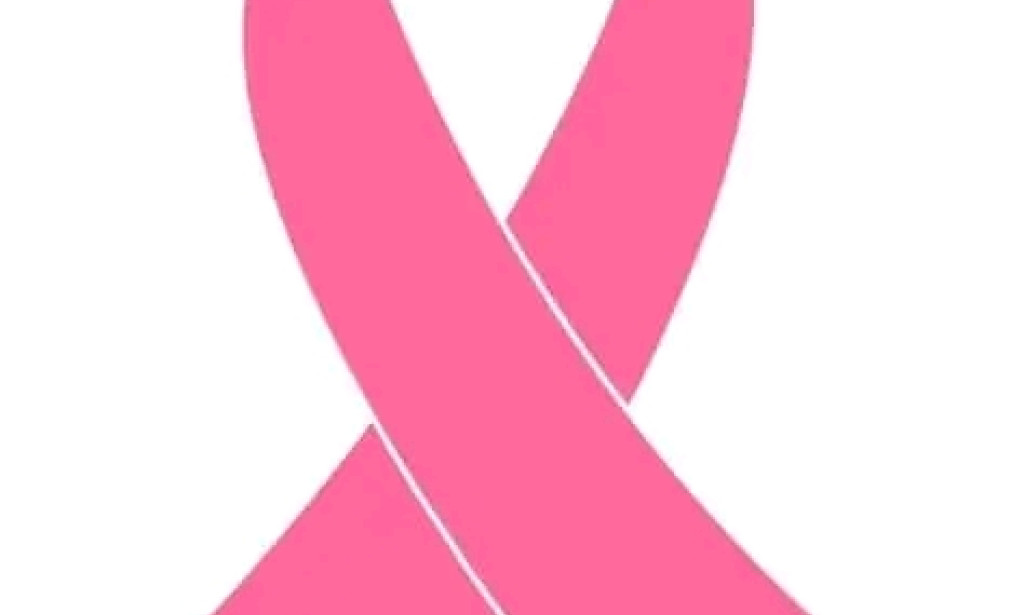In recent decades, there has been a notable rise in breast cancer rates, making it the second most prevalent cancer among women globally. According to the World Health Organization, breast cancer stands as one of the primary causes of cancer-related deaths in women. Thus, it's crucial to grasp the fundamentals of this condition to mitigate the risk of its occurrence. This article will delve into the origins, indications, and therapies associated with breast cancer.
Breast Cancer Defined:
Breast cancer emerges within the mammary glands situated in breast tissue. Cancerous cells have the potential to disseminate to adjacent tissue, lymph nodes, and other organs via the bloodstream. Presently, breast cancer ranks as the foremost type of cancer diagnosed in women.
What are the Causes of Breast Cancer?
While the precise cause of breast cancer remains elusive, specific factors elevate the likelihood of its occurrence. These factors encompass age, familial background, genetic predisposition, exposure to radiation, obesity, high alcohol intake, hormonal influences, and certain lifestyle preferences. It's crucial to recognize that many of these risk factors are unavoidable, with some beyond individual control.
What are the Symptoms of Breast Cancer?
Prompt detection plays a pivotal role in effectively treating breast cancer. Detecting and identifying the signs and symptoms early facilitates prompt diagnosis and treatment by medical professionals. Common indications of breast cancer encompass the presence of a lump or thickening in the breast, alterations in breast size or shape, thickened tissue areas within the breast, nipple discharge, breast redness or swelling, and changes in skin texture on the breast. It's essential to acknowledge that not all breast lumps signify cancer, hence seeking medical guidance is advisable when in doubt.
What are the Treatments for Breast Cancer?
Treatment for breast cancer varies based on factors like the cancer's stage, cell type, and the patient's overall health and preferences. Typically, treatment involves a blend of surgery, chemotherapy, radiation therapy, and/or hormone therapy. Depending on circumstances, radiation or chemotherapy might substitute surgery. Additionally, individuals may consider complementary approaches like acupuncture or meditation to alleviate cancer symptoms.
How to Reduce Your Risk of Breast Cancer:
Although certain risk factors like genetics and age cannot be changed, there are still some steps you can take to reduce your risk of developing breast cancer. These include:
Eating a balanced diet and maintaining a healthy weight
Exercising regularly
Limiting alcohol consumption
Having regular mammograms
Avoiding hormone therapy
Reducing exposure to environmental toxins
Practicing regular breast self-exams
Talking to your doctor about any genetic risk factors
Adhering to these recommendations can diminish the likelihood of women developing breast cancer. It's crucial to promptly consult with a healthcare professional if any breast changes or concerns arise. While breast cancer poses a significant and potentially fatal threat, early detection and appropriate treatment can effectively manage it. By comprehending the causes, symptoms, and risk elements linked to breast cancer, individuals can proactively mitigate their risk and prioritize their well-being.

You must be logged in to post a comment.